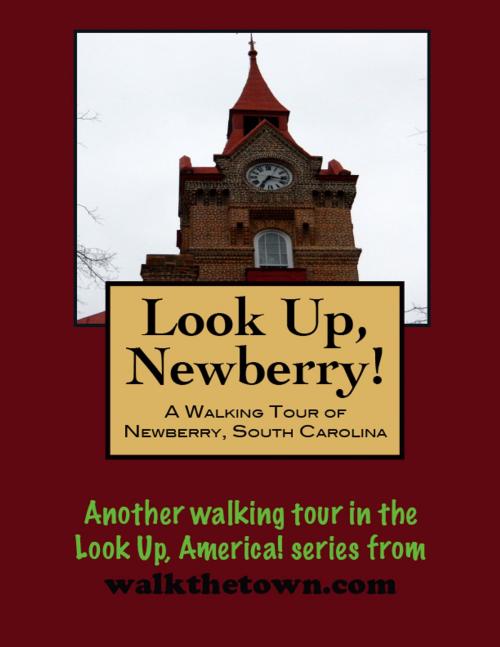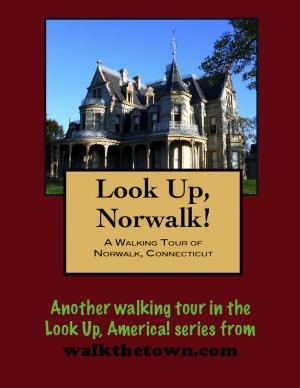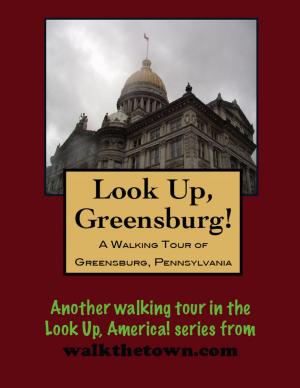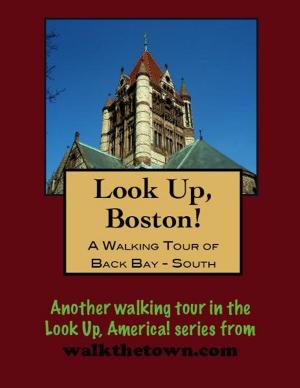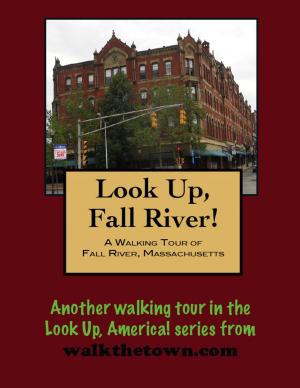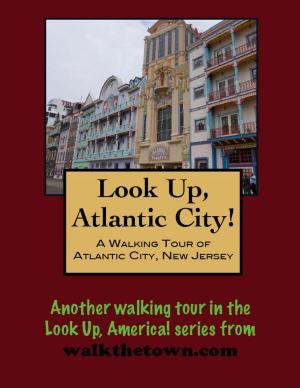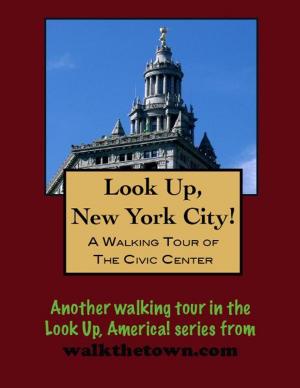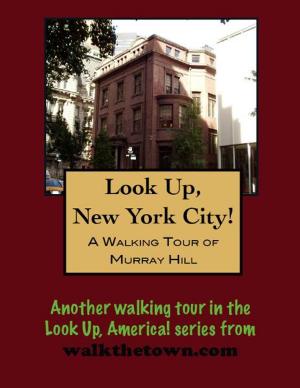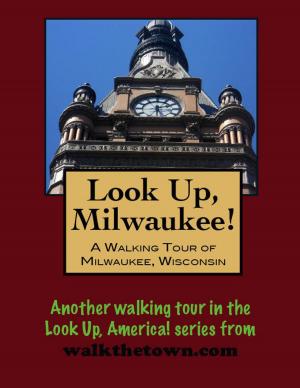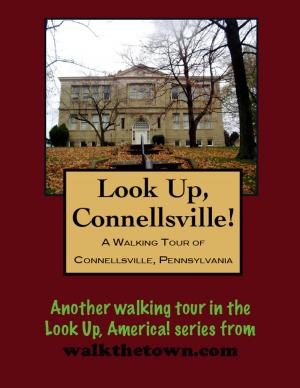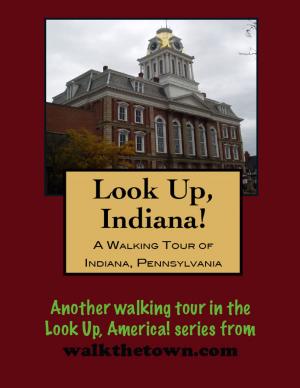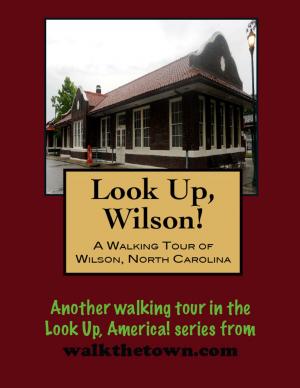| Author: | Doug Gelbert | ISBN: | 9781458056658 |
| Publisher: | Doug Gelbert | Publication: | March 5, 2011 |
| Imprint: | Smashwords Edition | Language: | English |
| Author: | Doug Gelbert |
| ISBN: | 9781458056658 |
| Publisher: | Doug Gelbert |
| Publication: | March 5, 2011 |
| Imprint: | Smashwords Edition |
| Language: | English |
There is no better way to see America than on foot. And there is no better way to appreciate what you are looking at than with a walking tour. This walking tour of Newberry, South Carolina is ready to explore when you are. Each walking tour describes historical, architectural landmarks, cultural sites and ecclesiastic touchstones and provides step-by-step directions.
Every tour also includes a quick primer on identifying architectural styles seen on American streets.
Newberry County came into existence with the new nation after the American Revolution, having been carved out of the Ninety-Six district in 1785, once described as the largest tract of unbroken farm land in South Carolina. The origin of the county’s name is still unknown. It is likely an alternate spelling for the English town “Newbury,” but a more folksy explanation maintains that the surrounding fields and forests were as pretty as a “new berry.”
A site for the county courthouse was selected near the center of the county in 1789 on land donated by John Coate. Frederick Nance was the first resident of Newberry, having been appointed Clerk of the Court in 1794 in addition to establishing a small mercantile trade and managing the post office. Early settlers in the town were wealthy plantation owners and entrepreneurs not in need of many services. The small town had the only post office in the district, a jail, a school, a cemetery and even a library but not much else. No churches were built in Newberry until the 1830s when the town’s residents petitioned for incorporation.
In a familiar tale, Newberry grew largely as a result of the coming of the railroad in 1851. By the late 1800s the town was the hub for both the Greenville & Columbia Railroad and the Laurens Railroad. By the 1870s Newberry possessed the second largest cotton market in the state after Charleston. Cotton mills brought industry to the town in the 1880s and upon its completion in 1883 the Newberry Cotton Mills was the largest steam-powered factory in America.
Many of Newberry’s buildings appeared in the years to follow - although it seemed town residents were in a perpetual state of rebuilding. In June 1866 half the town was destroyed by fire; an 1870 fire claimed 20 stores and another blaze in 1879 took another dozen. A tornado swept though downtown in March 1884. The last devastating fire occurred in 1907 when five square blocks of downtown burned.
Our walking tour of Newberry will begin in the Public Square, which the government abandoned for more spacious quarters around town in 1906, and fan out to visit the structures that followed the old courthouse, including a monumental Neoclassical brick pile and a rare Italian Renaissance classic in South Carolina...
There is no better way to see America than on foot. And there is no better way to appreciate what you are looking at than with a walking tour. This walking tour of Newberry, South Carolina is ready to explore when you are. Each walking tour describes historical, architectural landmarks, cultural sites and ecclesiastic touchstones and provides step-by-step directions.
Every tour also includes a quick primer on identifying architectural styles seen on American streets.
Newberry County came into existence with the new nation after the American Revolution, having been carved out of the Ninety-Six district in 1785, once described as the largest tract of unbroken farm land in South Carolina. The origin of the county’s name is still unknown. It is likely an alternate spelling for the English town “Newbury,” but a more folksy explanation maintains that the surrounding fields and forests were as pretty as a “new berry.”
A site for the county courthouse was selected near the center of the county in 1789 on land donated by John Coate. Frederick Nance was the first resident of Newberry, having been appointed Clerk of the Court in 1794 in addition to establishing a small mercantile trade and managing the post office. Early settlers in the town were wealthy plantation owners and entrepreneurs not in need of many services. The small town had the only post office in the district, a jail, a school, a cemetery and even a library but not much else. No churches were built in Newberry until the 1830s when the town’s residents petitioned for incorporation.
In a familiar tale, Newberry grew largely as a result of the coming of the railroad in 1851. By the late 1800s the town was the hub for both the Greenville & Columbia Railroad and the Laurens Railroad. By the 1870s Newberry possessed the second largest cotton market in the state after Charleston. Cotton mills brought industry to the town in the 1880s and upon its completion in 1883 the Newberry Cotton Mills was the largest steam-powered factory in America.
Many of Newberry’s buildings appeared in the years to follow - although it seemed town residents were in a perpetual state of rebuilding. In June 1866 half the town was destroyed by fire; an 1870 fire claimed 20 stores and another blaze in 1879 took another dozen. A tornado swept though downtown in March 1884. The last devastating fire occurred in 1907 when five square blocks of downtown burned.
Our walking tour of Newberry will begin in the Public Square, which the government abandoned for more spacious quarters around town in 1906, and fan out to visit the structures that followed the old courthouse, including a monumental Neoclassical brick pile and a rare Italian Renaissance classic in South Carolina...
